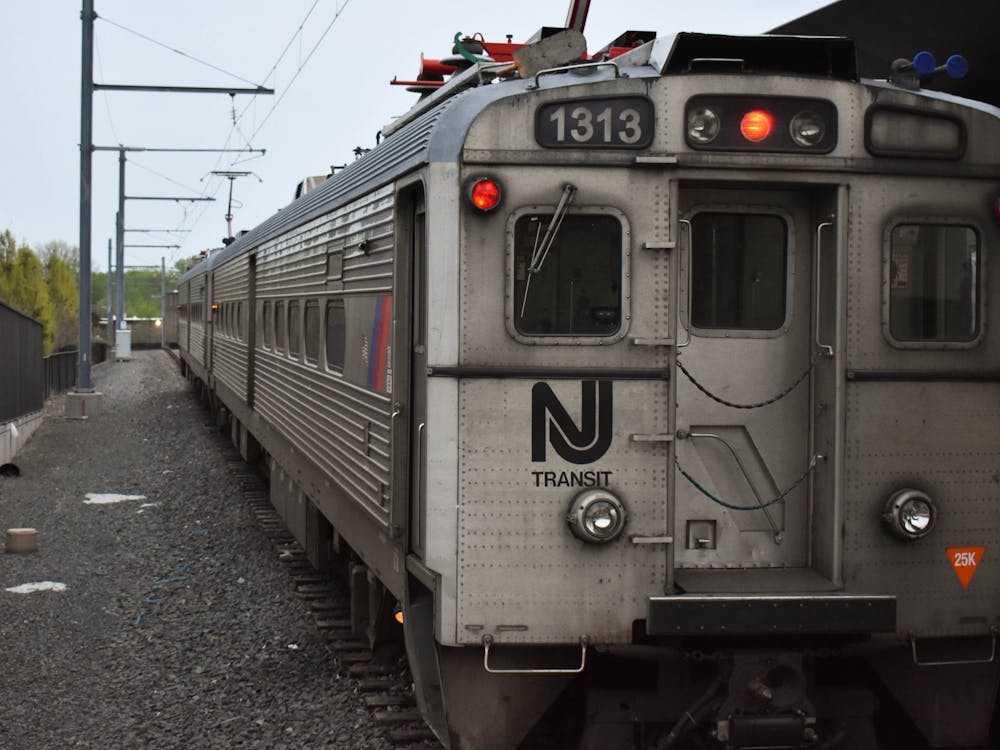At the time, RCA’s scientists conducted their work at sites scattered across New Jersey. Those working on vacuum tube research, for example, were headquartered at the company’s tube manufacturing plant in Harrison. Circuit design activity occurred in Camden, near the site of the Victor Talking Machine factory, which RCA purchased in 1929. Now the company wanted to consolidate its research activities in a central location. The site in Princeton would be ideal, assuming the University approved.
Fortunately for Schairer, the Board of Trustees embraced his proposal enthusiastically. Princeton’s science and engineering departments were particularly excited about the prospects of having one of the nation’s top electronics firms headquartered within walking distance of campus. As one company historian wrote, “This initial reaction marked the beginning of a cordial and fruitful relationship between RCA Laboratories and Princeton University.”
In the decades that followed, the two organizations remained in close contact. The David Sarnoff Research Center, renamed in honor of the company’s chairman in 1951, was the national leader in television research. (The NTSC color TV standard, which governed broadcasting from 1953 to 2009, was developed right across Route 1.) RCA was eager to recruit new talent and offered Princeton graduate students the opportunity to pursue an advanced degree while working on cutting-edge research.
Such recruitment efforts accelerated alongside the growth of the modern semiconductor industry, and the company turned to University professors like George Warfield to serve as consultants and mentors for a new generation of physicists and engineers. Some of Warfield’s students played central roles in the development of the CMOS transistor (the technical basis of modern microprocessors) and the first liquid crystal displays. By 1985, scientists at the Sarnoff Research Center accumulated more than 20,000 patents. Even after RCA was bought out by General Electric in 1986, scientists working at the Sarnoff Labs continued working on advances in high definition television and computer vision.
Until recently, anyone interested in the history of RCA or the technologies developed there could visit the laboratory and explore the David Sarnoff Library and museum. Dr. Alex Magoun, the library’s director, hosted field trips for local students, assembled an impressive exhibit cataloging RCA’s contributions to consumer electronics and opened the library’s doors to scholars like me. Under Magoun’s leadership, the library continued to foster ties with the University and other organizations, including the Institute of Electrical and Electronics Engineers and the New Jersey Antique Radio Club.
Despite these successes, the Sarnoff Library’s days are numbered. Earlier this year, the Sarnoff Corporation, the research contractor that oversees the former RCA Laboratories, announced that it would be closing the library at the end of 2009 because of security and access issues. The museum, as well as more than 3,000 cubic feet of documents, will need to find a new home.
Though Princeton would seem the logical destination for these holdings, given the longstanding ties between the University and the labs, funding and space considerations have prompted the Sarnoff Library’s board to seek other locations. Among the sites considered, two have emerged as the most promising candidates. The first is the Henry Ford museum in Dearborn, Mich., a site devoted to the history of innovation. The alternative is the College of New Jersey (TCNJ), located a few miles down I-95 in Ewing.
Henry Ford is a well-respected institution, but the history of electronics remains, in many ways, a New Jersey story. From Edison’s Menlo Park workshop to research conducted at RCA and Bell Labs, the technologies we take for granted today emerged through the efforts of Garden State scientists and engineers. Sending Sarnoff’s collections to TCNJ would reaffirm New Jersey’s contributions while ensuring that residents of Mercer County — including Princetonians — retain easy access to these materials.

Despite TCNJ’s willingness to house the Sarnoff’s collections and integrate them into their curriculum, they still need $100,000 to cover the cost of renovations. It is my hope that New Jersey lawmakers will be able to secure these funds and prevent this material from leaving the state. Alternatively, perhaps some Princeton alumni whose careers began at RCA will intervene to help keep the Sarnoff Library’s collections nearby. It is a shame that this material has to leave its current home, but after nearly 70 years in Princeton, it would be a tragedy if no one here spoke up to keep this material in New Jersey.
Benjamin Gross is a graduate student in the history of science program. He can be reached at bhgross@princeton.edu.








